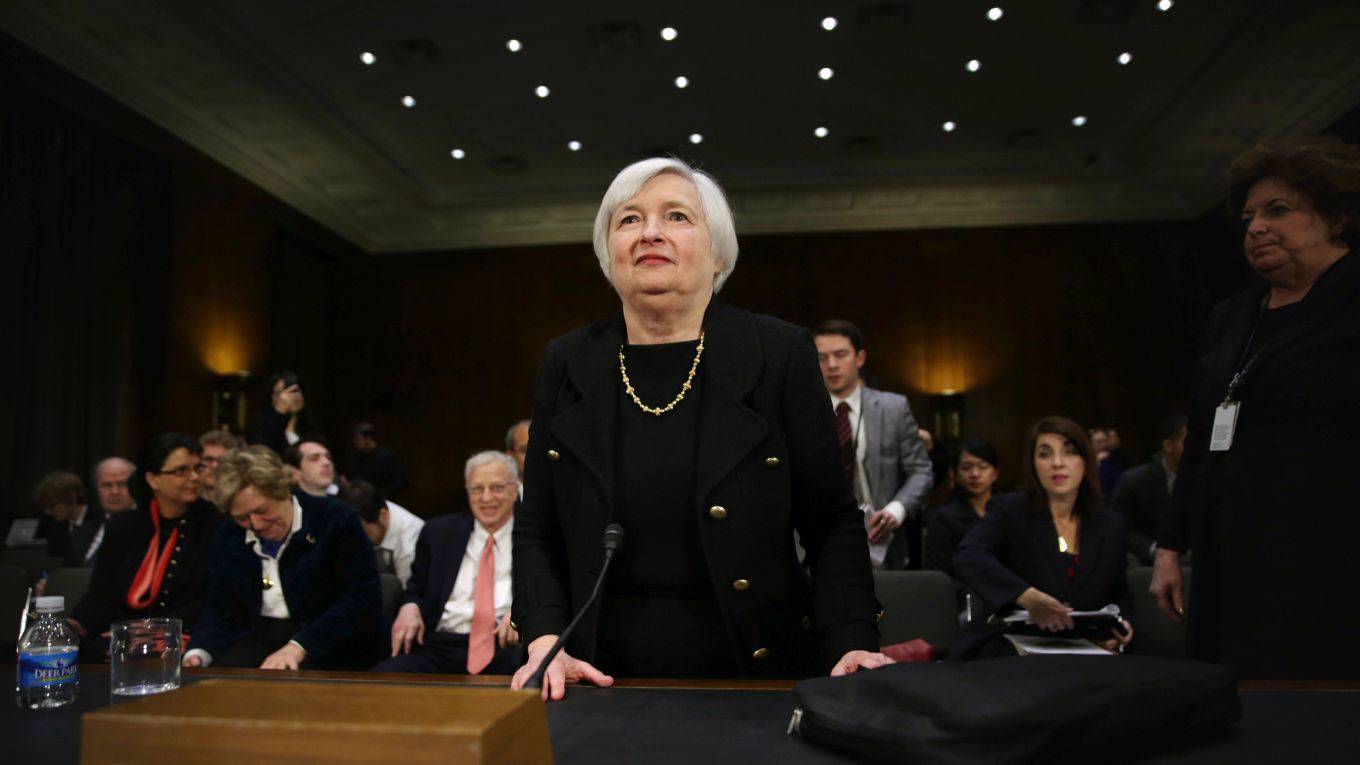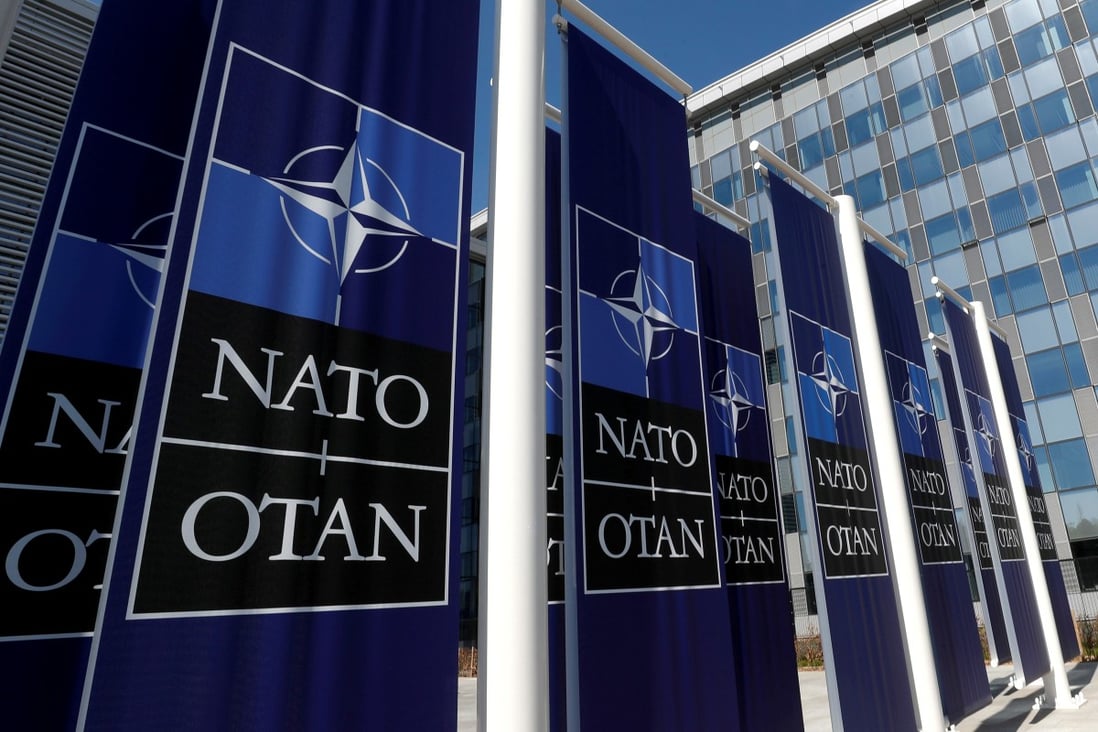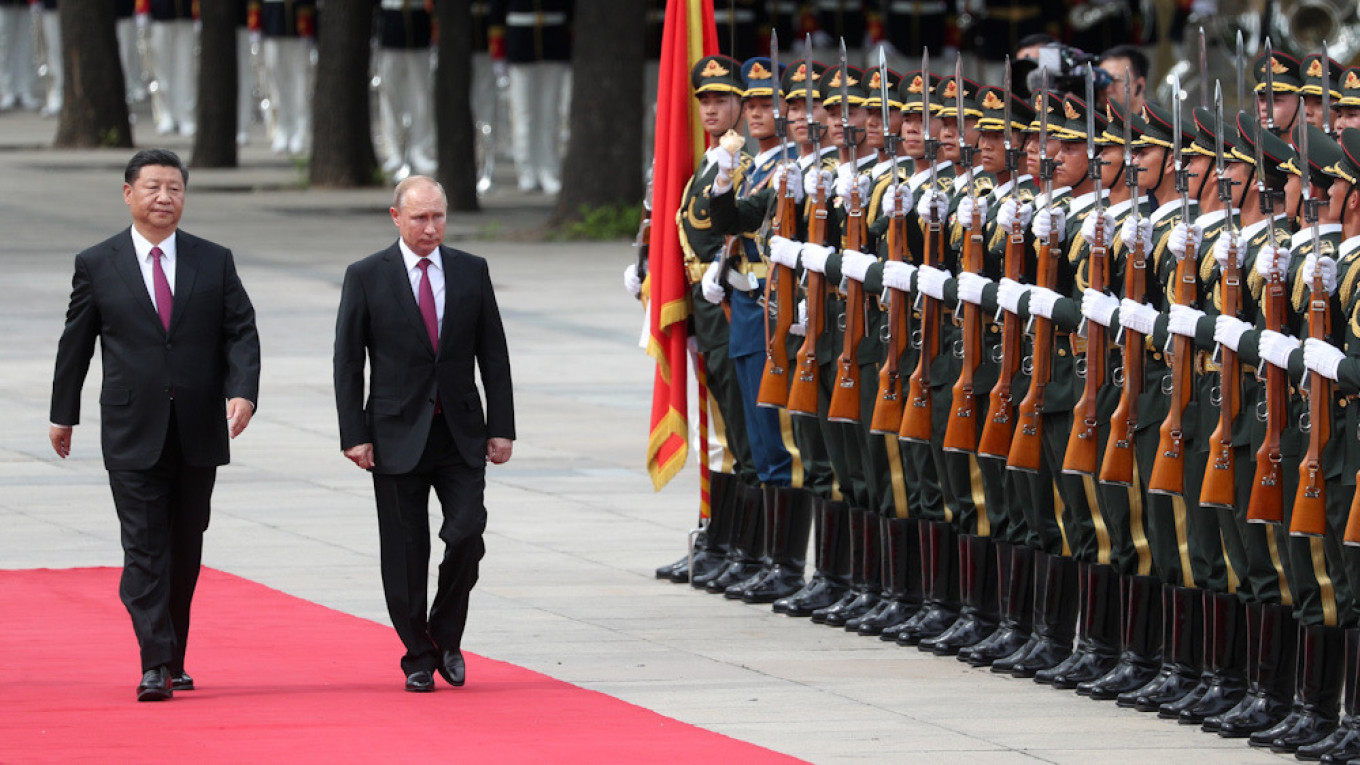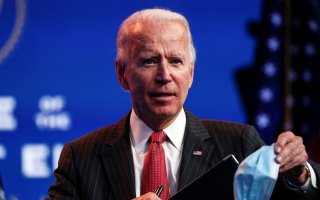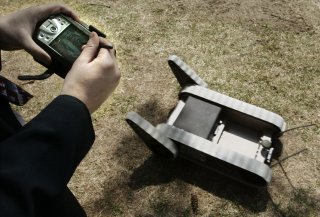
India’s economy appears to be staging a V-shaped recovery after four rounds of coronavirus lockdowns, but a closer look reveals that the economic woes are more severe, according to a recent article by researchers at Wharton and elsewhere. The article, titled “Employment, Income, and Consumption in India During and After the Lockdown: A V-Shaped Recovery?” was published on the website of the University of Chicago Booth School’s Rustandy Center for Social Sector Innovation.
The conventional indicators of trends in unemployment, employment, income and consumption show “rapid improvement” after the lockdowns began to be eased in phases, but those gains are limited. “We do see some recovery in income, but those incomes are staying still substantially lower than they were prior to the lockdowns,” said Heather Schofield, Wharton professor of business economics and public policy and assistant professor of medical ethics and health policy at the Perelman School of Medicine.
Schofield is one of the article’s authors, along with Marianne Bertrand, professor of economics at the University of Chicago Booth School of Business and faculty director of the Rustandy Center and UChicago’s Poverty Lab; Rebecca Dizon-Ross, associate professor of economics at Booth; and Kaushik Krishnan, chief economist at the Centre for Monitoring Indian Economy. Their latest effort is a follow-up of their earlier research that captured the economic distress in India after the first round of lockdowns.
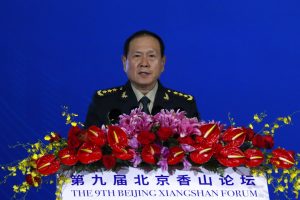


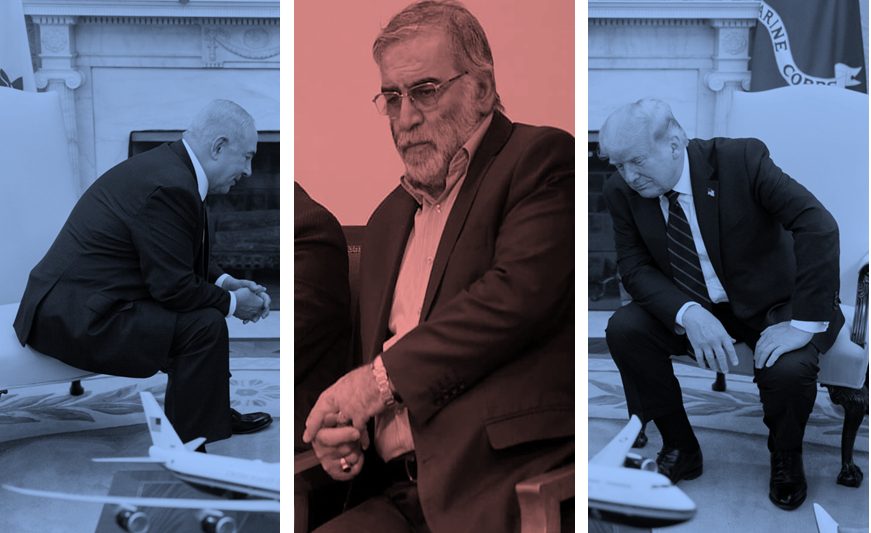
/cdn.vox-cdn.com/uploads/chorus_image/image/68163203/1272637636.0.jpg)

